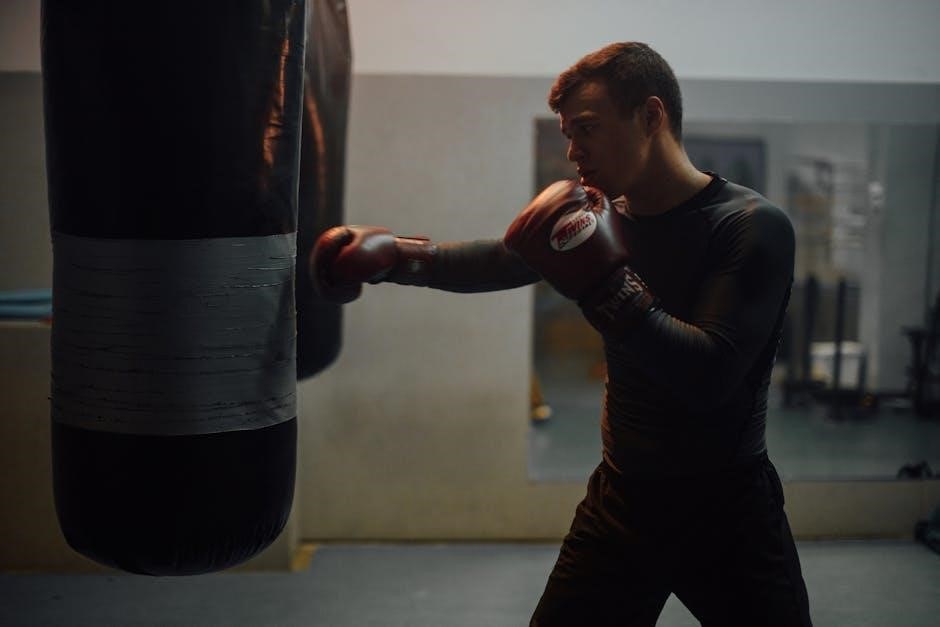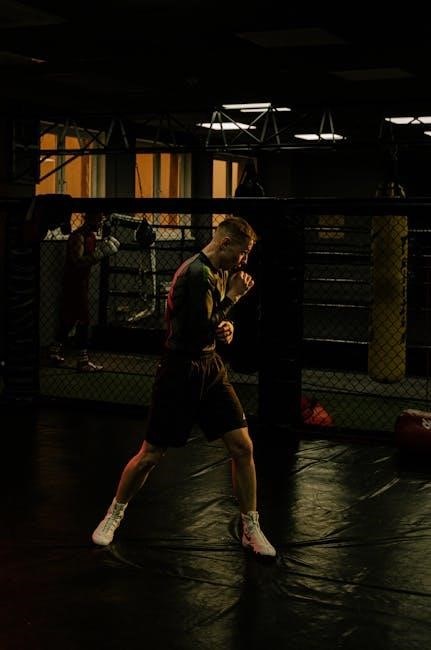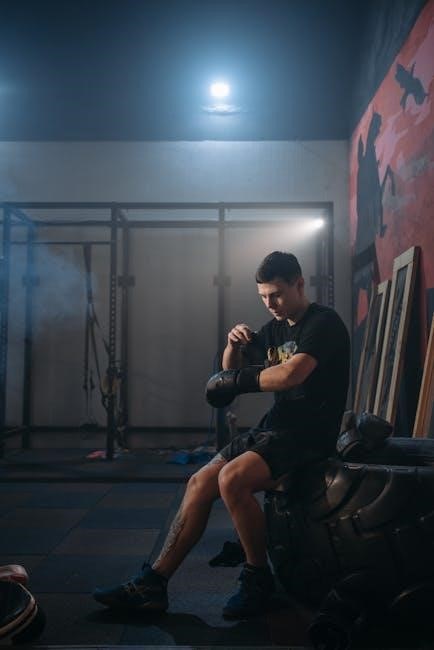Importance of Supplemental Fitness Training
Supplemental fitness training is essential for dancers as it enhances their overall performance and reduces the risk of injuries. According to recent studies, dancers who engage in supplemental fitness training exhibit improved physical qualities, such as strength, power, and endurance. This type of training also helps to prevent imbalances and conditions like the Female Athlete Triad, which is common among young female dancers. The importance of supplemental fitness training lies in its ability to support the unique demands of dance, allowing dancers to perform at their best while minimizing the risk of injury. By incorporating supplemental fitness training into their routine, dancers can improve their overall health and wellbeing, leading to a successful and sustainable career in dance. Effective supplemental fitness training programs can be designed to meet the specific needs of dancers, taking into account their age, skill level, and style of dance.

Physiological Fundamentals for Dancers
Dancers require a strong understanding of physiological fundamentals including muscle function and energy systems to optimize performance and reduce injury risk effectively always using proper techniques and methods online.
Muscle Physiology and Training Principles
Muscle physiology and training principles are essential for dancers to understand in order to optimize their performance and reduce the risk of injury. The human body is composed of different types of muscles, including skeletal, smooth, and cardiac muscles. Skeletal muscles are the most relevant to dancers, as they are responsible for movement and contraction. Dancers need to understand how to train their muscles to improve strength, flexibility, and endurance. This can be achieved through a variety of training methods, including resistance training, plyometrics, and cardiovascular exercise. A well-structured training program can help dancers to improve their overall physical fitness and reduce the risk of injury. Additionally, dancers need to understand the principles of training, including periodization, progression, and recovery. By applying these principles, dancers can optimize their training and improve their performance. Proper training and nutrition are also crucial for muscle growth and repair.

Designing a Strength and Conditioning Program
Designing a program involves setting goals and objectives using specific methods and techniques carefully.
Self-Screening and Program Design for Dancers
Self-screening is an essential step in designing a strength and conditioning program for dancers, allowing them to identify areas of improvement and potential injury risks. By using online resources and tools, dancers can assess their current fitness level and create a personalized program. This involves setting specific, measurable, and achievable goals, as well as developing a comprehensive understanding of their own strengths and weaknesses. A well-designed program should include a combination of exercises and activities that target key areas such as flexibility, strength, and cardiovascular endurance. Additionally, dancers should consider their own unique needs and requirements, taking into account factors such as their dance style, experience level, and any existing injuries or conditions. By taking a proactive and informed approach to self-screening and program design, dancers can optimize their training and reduce their risk of injury, ultimately leading to improved performance and overall well-being. Effective program design requires careful consideration and planning.

Specific Training Components for Dancers
Includes exercises for core, upper, and lower body to enhance dance performance and reduce injury risks effectively always.
Exercises for Core, Upper, and Lower Body, and Basic Pilates
Exercises for dancers focus on improving flexibility, strength, and overall physical fitness. The core muscles, including the abdominals and back, are essential for stability and balance. Upper body exercises, such as push-ups and rows, help improve posture and reduce injury risk. Lower body exercises, including squats and lunges, enhance leg strength and power. Basic Pilates exercises, like the hundred and teaser, improve core strength, flexibility, and body control. These exercises can be modified to suit different fitness levels and dance styles. A well-structured exercise program can help dancers improve their technique, reduce injury risk, and enhance overall performance. By incorporating these exercises into their training, dancers can gain a competitive edge and achieve their goals. Regular practice and patience are key to seeing results and improving overall fitness. With consistent training, dancers can improve their strength, flexibility, and technique, leading to better performances and a longer career.

Nutrition and Injury Prevention for Dancers
Nutrition plays a crucial role in dancers’ overall health and performance levels always.
Nutritional Support and Prevention of Injuries and Conditions
Nutritional support is essential for dancers to optimize their performance and prevent injuries. A well-balanced diet provides the necessary fuel for energy production, muscle function, and overall health. Dancers require adequate amounts of carbohydrates, protein, and healthy fats to support their energy needs.
Adequate hydration is also crucial to prevent dehydration and electrolyte imbalances; Additionally, dancers should focus on consuming whole foods, such as fruits, vegetables, whole grains, and lean proteins, rather than relying on supplements or processed foods.
Furthermore, dancers should be aware of the potential risks of disordered eating and the female athlete triad, which can have serious consequences on their health and performance. By prioritizing nutritional support and making informed food choices, dancers can reduce their risk of injury and optimize their overall health and well-being. A healthy and balanced diet is essential for dancers to perform at their best and achieve their goals.
